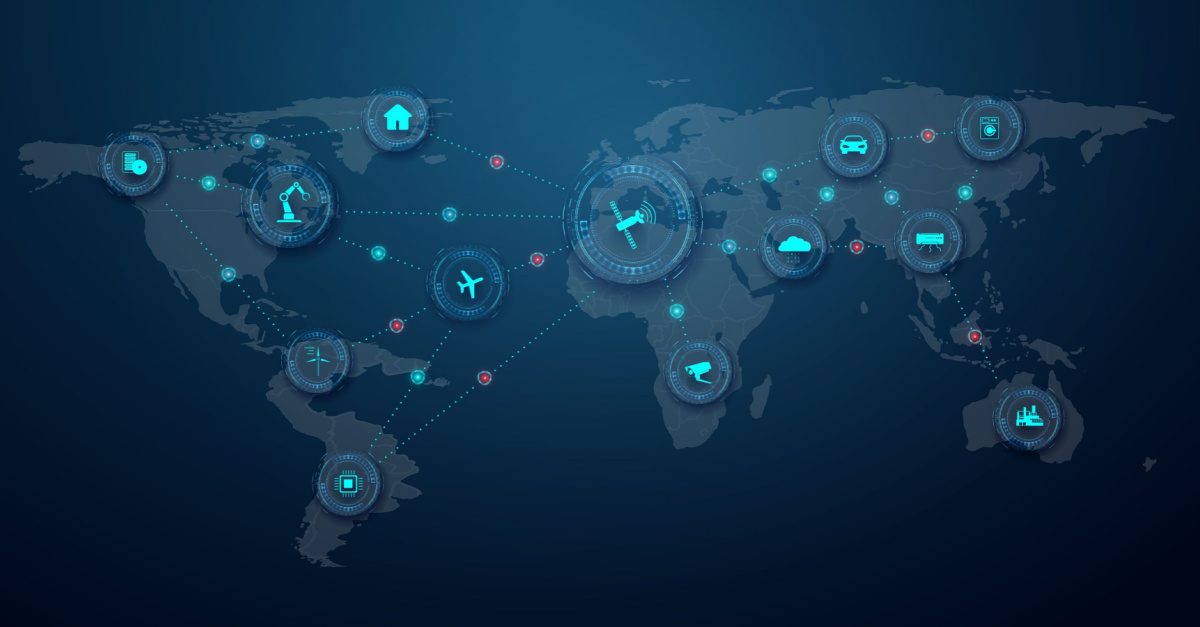
Protecting Your Company and Your Supply Chain From the Future
If the last few years have taught us anything, it’s to expect the unexpected. Business leaders across industries and around the world have confronted challenges in recent years that they might never have imagined. From the worst public health crisis in modern history to protracted lockdowns to the threat of a worldwide recession, entrepreneurs and decision-makers have had difficult waters to navigate. Among the most significant of these challenges, however, have been the profound supply chain disruptions that have left store shelves empty and workers furloughed. In the face of ongoing challenges in the supply chain, it’s incumbent on business owners and managers to be proactive in protecting their company and their supply chains from future disruptions.
Know Your Risks
When you’re working to shore up your supply chain against future challenges, one of the first and most important things you can do is perform a vulnerability assessment. This will help you identify weak points within your supply chain, as well as prospective liabilities in your company and/or your processes.
For instance, you may note that a supplier is exhibiting signs of financial distress. For instance, shipments may start being delayed or supplier inventory levels may have suddenly shrunk. The supplier’s operating hours may have been cut or layoffs may have occurred.
All of these can be an indicator that your supplier is in trouble and may soon be unable to fulfil their obligations to your company. When you spot such warning signs, it’s critical that you formulate a plan to mitigate the potential harms, such as by identifying and perhaps even contracting with an alternate supplier should your current partner fall through.
Seek Improvement Opportunities
In addition to identifying potential risks and liabilities in your supply chain, it’s also important to conduct a comprehensive internal analysis in order to pinpoint opportunities for improvement. Creating an organisational chart can be especially beneficial for visualising and assessing workflow in complex operations.
Among the many benefits of organisational charting is that it enables you to better identify both gaps and redundancies in your operations. Eliminating redundant processes, for example, will not only save you money in the long term but it can also prevent the disruptions that inevitably arise from the confusion that redundancies create. Your operations will be more transparent, streamlined, and efficient.
At the same time, by developing a clear and comprehensive view of your organisational structure, you will be able to spot any gaps that may be inhibiting your company’s performance. For instance, you may find that there is a crippling lack of warehouse space at a key node in your supply chain, leading to inventory shortages and unnecessarily protracted shipping times.
Get Your Tech On
Innovations in logistics technologies may well be your most powerful weapon when it comes to protecting your company and your supply chain. Unfortunately, far too many business owners and decision-makers continue to rely on outmoded processes and technologies for the management of their supply chain with, as the recent past has shown, potentially devastating results.
The good news, though, is that you don’t have to spend a king’s ransom or pursue an advanced tech degree from MIT to take advantage of these high-tech tools. You can even future-proof your supply chain as a small business with limited resources. Simple integrations of artificial intelligence (AI) systems and Internet of Things (IoT) devices can help you achieve greater efficiency and reliability in your supply chain than you ever thought possible.
You can, for instance, automation tools can be used to create a next-gen supply chain that is extraordinarily resilient against any potential disruption. AI-driven automation, for example, can provide continuous monitoring of current inventory levels and automatically order replenishments without human intercession.
Even more significantly, many of these technologies, such as those integrated into so-called “learning warehouses,” are capable of performing advanced predictive analyses, enabling them to forecast both short-term and long-range needs based on a host of internal and external factors.
AI-based automation, for instance, can assess market trends, customer behaviour, and even weather conditions to evaluate supply needs and adjust inventory management processes in real-time. The result is a more agile and responsive supply chain that can absorb shocks far more effectively than traditional methods.
The Takeaway
Recent years have illuminated the profound vulnerabilities of the global supply chain. The good news, however, is that business leaders are far from powerless. There are things decision-makers can do to prepare and protect their company and their supply chain from almost any contingency. This includes evaluating internal and external vulnerabilities, identifying opportunities for structural and procedural improvements within the organisation, and unleashing the power of next-generation technology. Among the most powerful of these technologies are innovations in artificial intelligence systems to aid in market forecasting and to automate supply chain management and risk mitigation strategies across all phases of operation, from supplier to warehouse to point of service and beyond.

Future-proof your supply chain with IoSCM. Call 0800 1422 522 Today.
